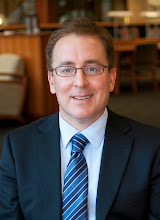Officials of the Department of Parks and Recreation had originally sought to cut the number of vendors to 81 to improve pedestrian flow. But after the proposal drew the anger of professional artists, many of whom depend on selling art as a livelihood, the city agreed to cut the number less drastically, to as many as 140.The amended rules are certainly an improvement. But they will still limit expression in the parks, and will likely not please many vendors.
The city’s new plan will allow 19 additional vendors in Central Park, and it will open up locations near the Metropolitan Museum of Art, an often-crowded passageway for tourists.
In Union Square, one of the most congested islands of greenery in the city, the equivalent of an artists’ market will appear three times a week. An additional 40 artists will be allowed to set up shop on Tuesday, Thursday and Sunday, in the space used by the Greenmarket, the park’s farmers’ market. The spaces will be awarded first come first served. There is no formal permitting; instead, artists simply line up each day to try to get a space.
As far as the First Amendment is concerned, the amended proposal appears to have been drafted with a constitutional challenge in mind. The rules do not distinguish among various types of art, operate on a first-come basis, and are designed to be tailored to address the purproted pedestrian traffic and public order concerns expressed by the city. The city also maintains that artists now have ample alternative channels for displaying and selling their works. This sort of content-neutral restriction on public expression generally withstands constitutional scrutiny under the First Amendment. Even in traditional public forums like parks, officials have fairly broad discretion to impose content-neutral time, place and manner regulations on speech. For example, New York City successfully defended limits on the number of protesters allowed in portions of Central Park on the ground that large numbers of people could damage the park's lawn.

